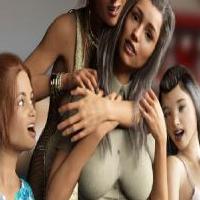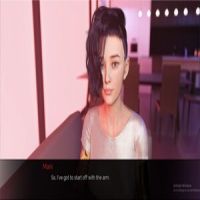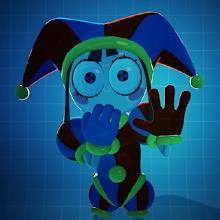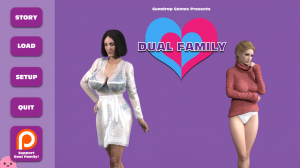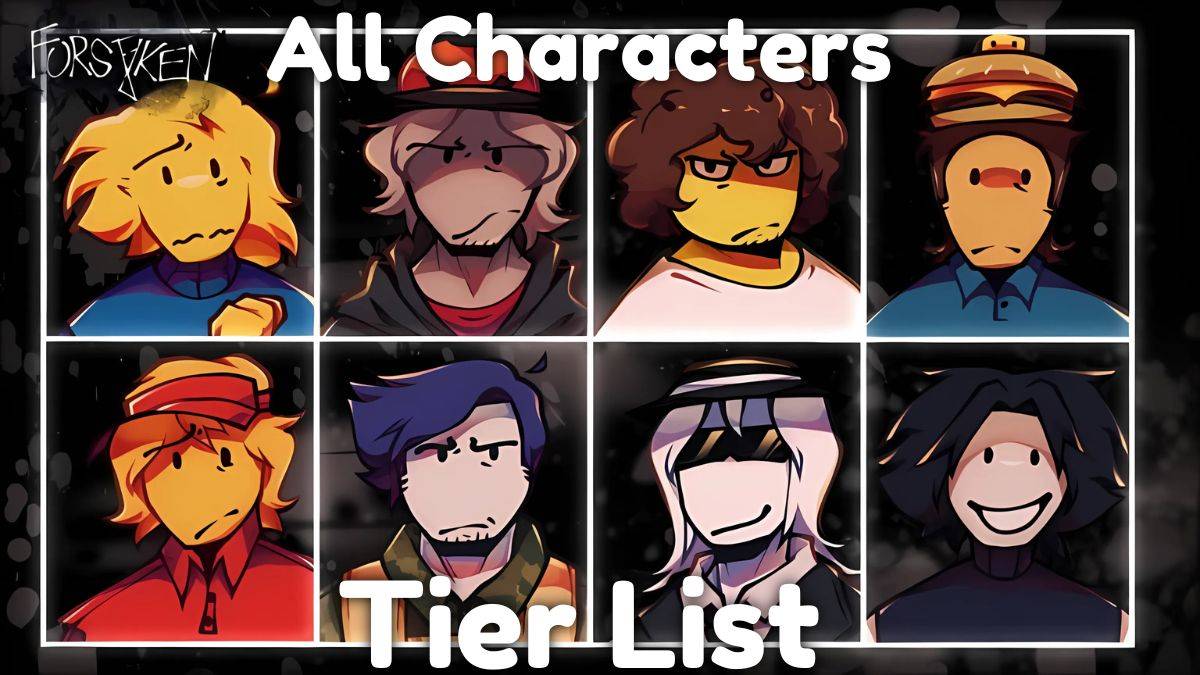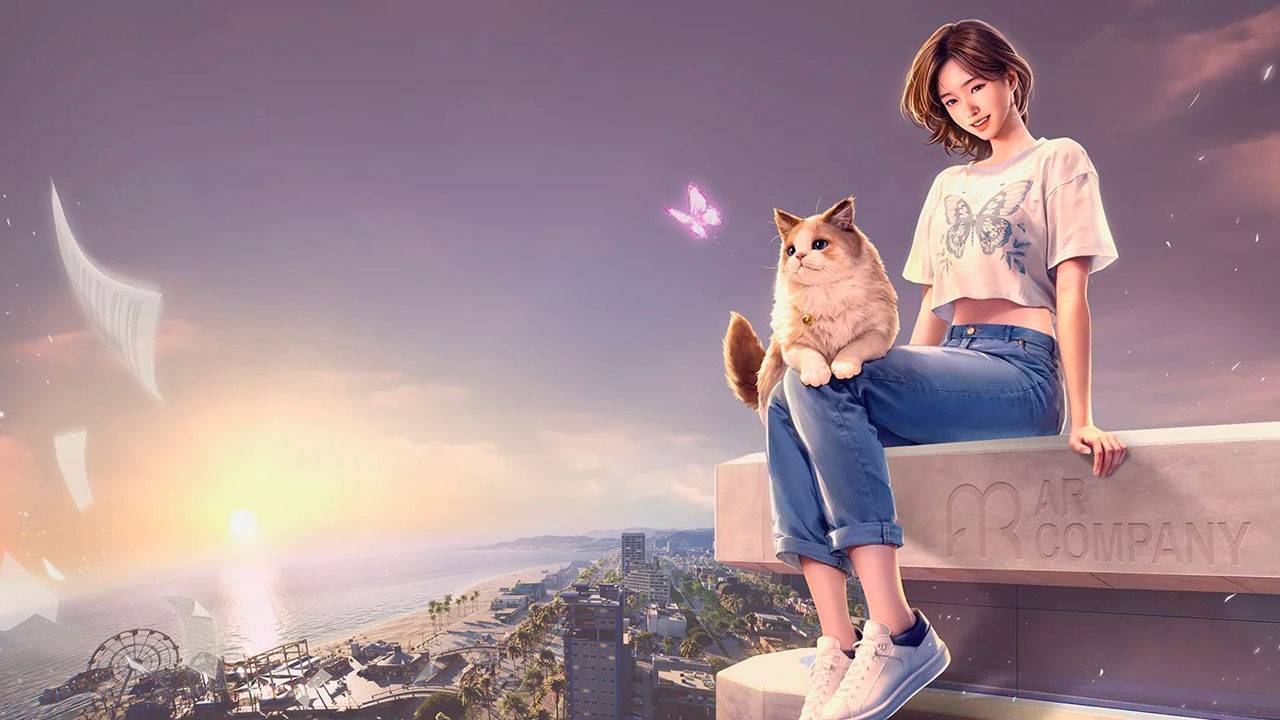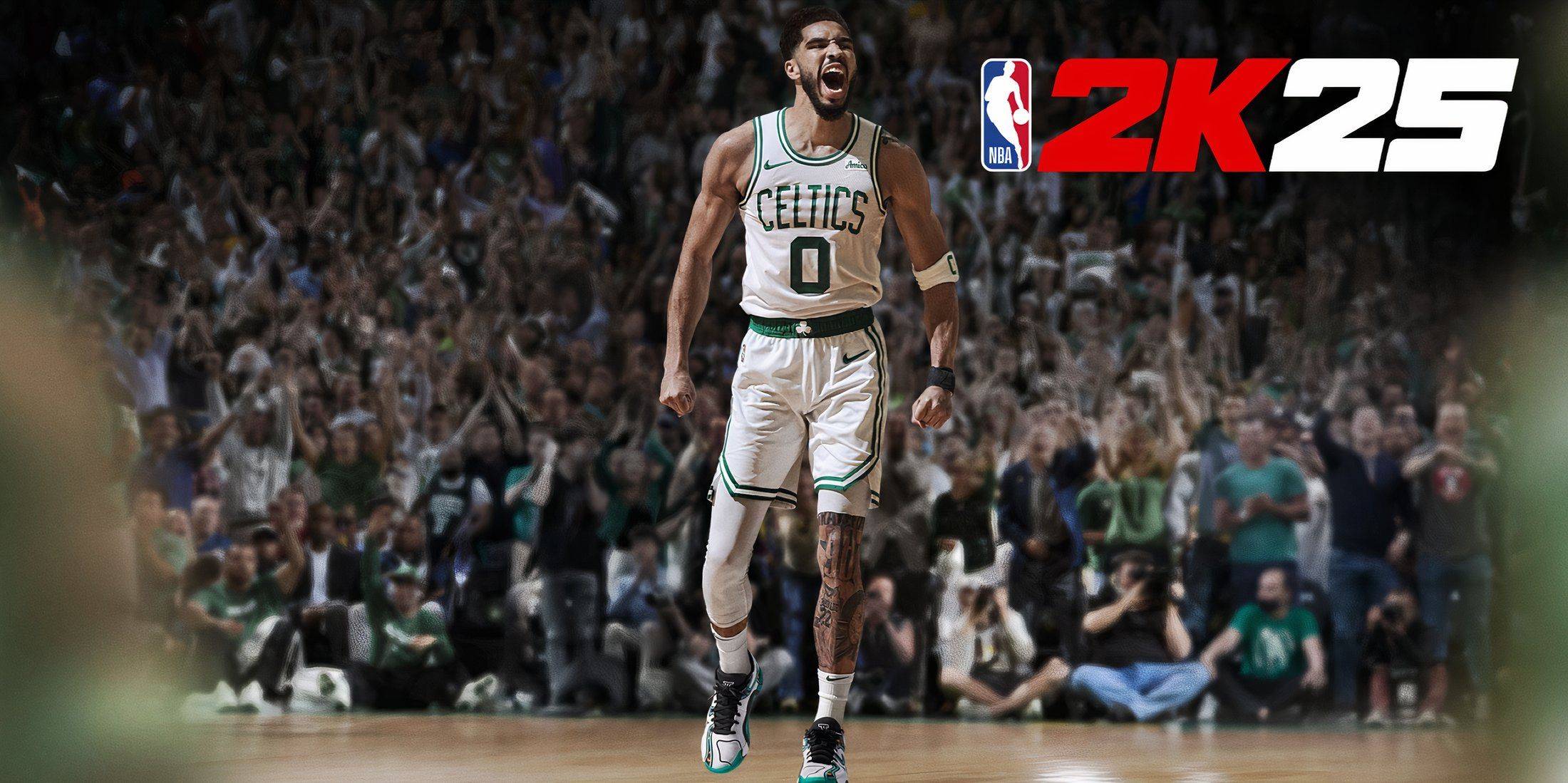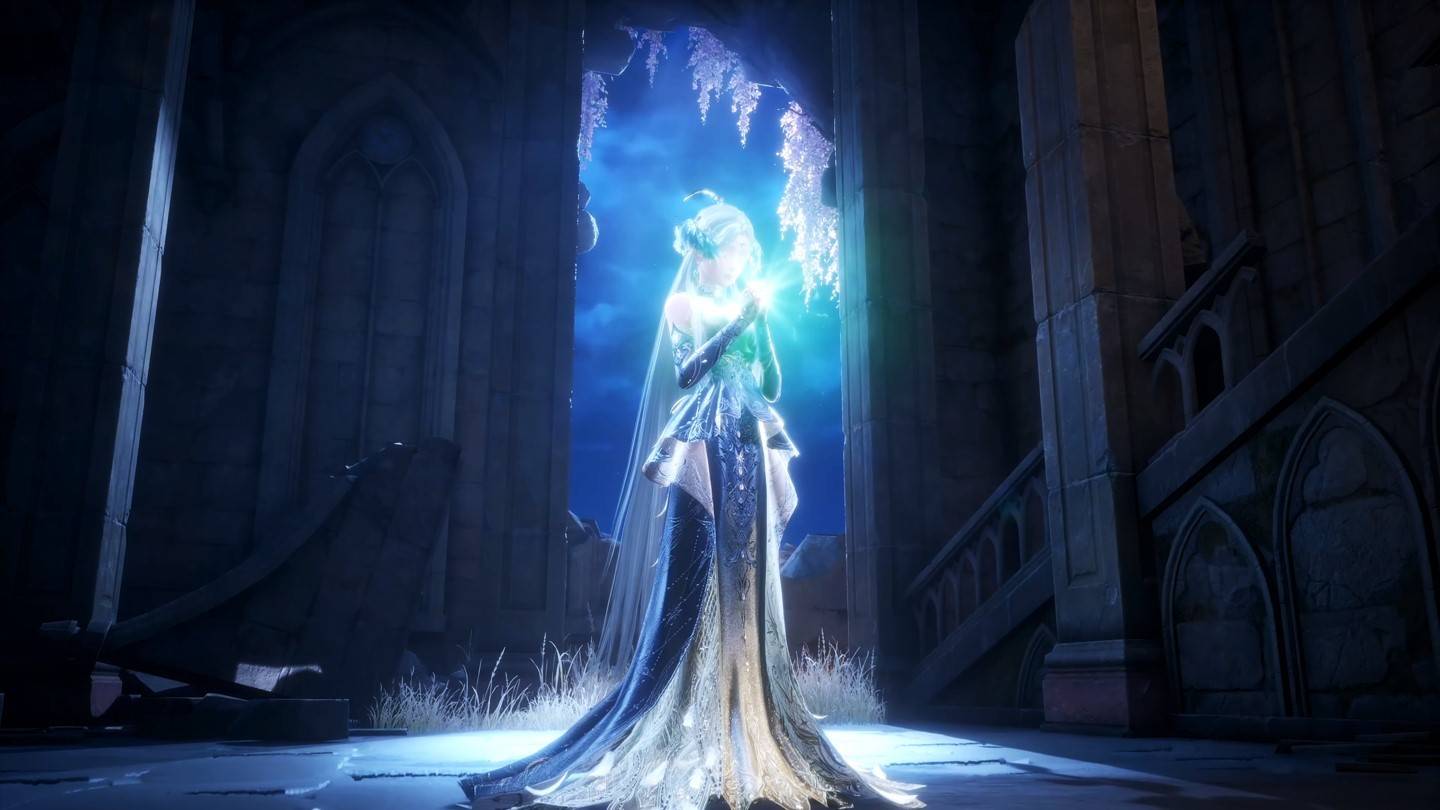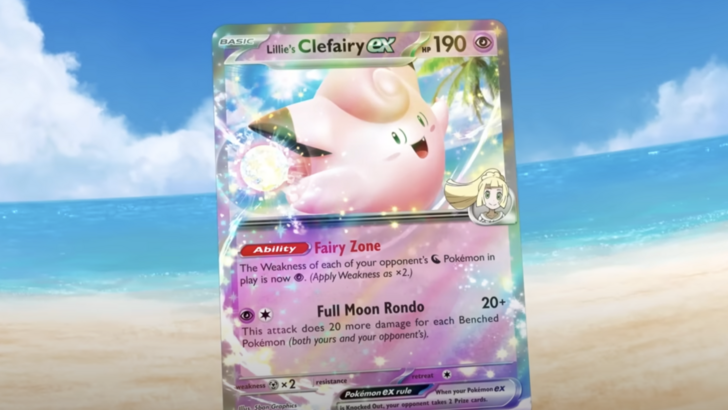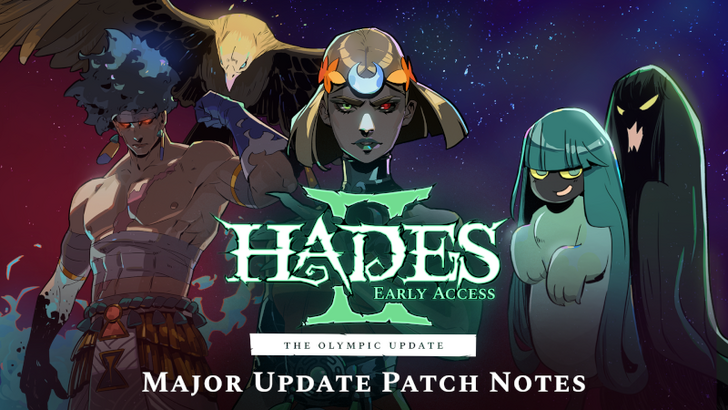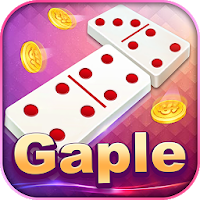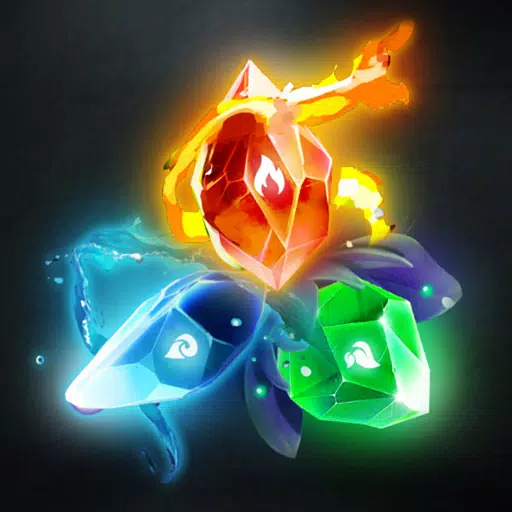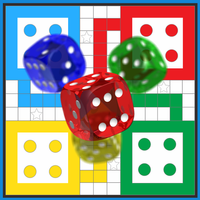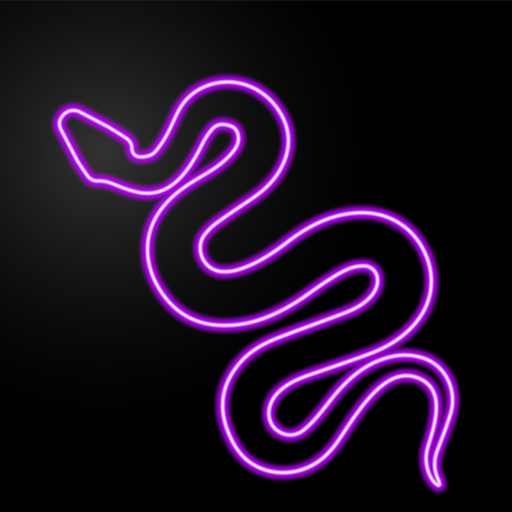Former Nintendo Staff Reveal Kirby's U.S. Makeover Secrets

Ex-Nintendo staff share insights on why Kirby's appearance differs in the U.S. compared to Japan, shedding light on Nintendo's localization strategies for Western markets.
Kirby’s Tougher Look Crafted for Global Appeal
Redesigning Kirby to Capture Western Fans

Kirby’s U.S. game covers and artwork feature a fiercer, more determined look, earning the nickname "Angry Kirby" among fans. In a January 16, 2025, Polygon interview, former Nintendo Localization Director Leslie Swan explained the choice to alter Kirby’s appearance for Western audiences.
Swan noted that in the early 2000s, Kirby’s redesign aimed to convey determination rather than anger. "In Japan, cute characters appeal to all ages," she said. "But in the U.S., teenage boys gravitate toward tougher personas."
In a 2014 GameSpot interview, Kirby: Triple Deluxe Director Shinya Kumazaki highlighted that Japan prefers the cute Kirby, which draws in diverse players, while the U.S. responds better to a "battle-hardened" Kirby. He noted, however, that titles like Kirby Super Star Ultra featured a tougher Kirby on both U.S. and Japanese box art, balancing his serious side with his inherent charm, which remains a key draw in Japan.
Marketing Kirby as a "Super Tuff Pink Puff"

Nintendo’s marketing team worked to broaden Kirby’s appeal, particularly among boys, by branding him as the "Super Tuff Pink Puff" for the 2008 Kirby Super Star Ultra on Nintendo DS. Former Nintendo of America PR Manager Krysta Yang explained that the company sought to shed its "kiddie" image in the early 2000s. "There was a push for a cooler, more mature vibe in gaming," she said. "A ‘kiddie’ label was a major drawback."
Nintendo emphasized Kirby’s combat skills and tougher persona to distance the character from being seen as just for kids. Recent promotions, like those for Kirby and the Forgotten Land in 2022, have shifted focus to gameplay and abilities rather than personality. Yang noted, "Kirby’s been shaped into a more versatile character, but his cuteness still overshadows his toughness for most fans."
Kirby’s U.S. Localization Evolution

Kirby’s U.S. localization began with a bold 1995 "Play It Loud" campaign ad showing Kirby in a mugshot pose. Over the years, games like Kirby: Nightmare in Dream Land (2002), Kirby Air Ride (2003), and Kirby: Squeak Squad (2006) featured Kirby with sharp eyebrows and stern expressions on U.S. box art.
Beyond facial expressions, Nintendo made other tweaks to appeal to Western audiences. In 1992, Kirby’s Dreamland on GameBoy used a ghostly-white Kirby on U.S. box art instead of the pink hue seen in Japan, as the GameBoy’s monochrome display hid Kirby’s true color until Kirby’s Adventure hit the NES in 1993. Swan explained, "A pink, puffy character didn’t resonate with boys aiming to seem cool, which hurt sales potential."
This led Nintendo of America to adjust Kirby’s expressions on U.S. box art for broader appeal. Recently, Kirby’s global marketing has unified, alternating between serious and cheerful looks across regions.
Nintendo’s Shift to Global Marketing

Swan and Yang emphasized Nintendo’s move toward a unified global strategy. Nintendo of America now collaborates closely with its Japan office to ensure consistent marketing and localization. This shift avoids regional disparities, like the 1995 "Play It Loud" ad.
Yang noted, "Global marketing ensures brand consistency, but it can overlook regional nuances, sometimes leading to overly safe campaigns." She added that the global audience’s growing familiarity with Japanese pop culture, including games, anime, and manga, has reduced the need for heavy localization.
Game localizers attribute this trend to the gaming industry’s globalization and Western fans’ increasing appreciation for Japanese aesthetics, fostering a more unified approach to Kirby’s worldwide presentation.
Latest Articles



